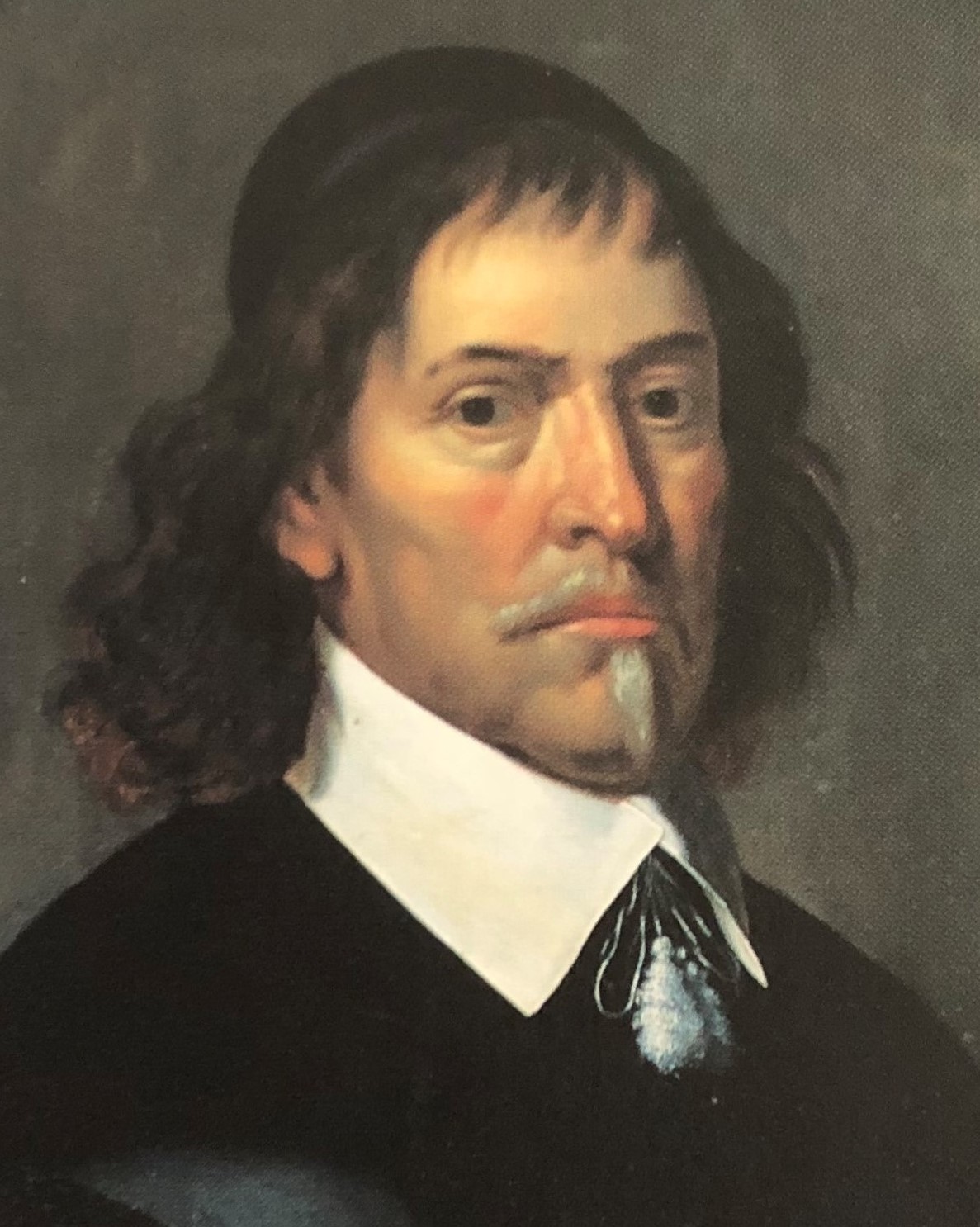News
11 August 2022 / Scenography
Revisiting the Masques – a new essay

image: Edward Pearce: detail of a portrait after William Dobson (from the essay reviewed)
The designs of Inigo Jones (1573–1652) for both masque settings and costumes have been subject to good modern study, beginning with Stephen Orgel and Roy Strong’s two-volume Theatre of the Stuart Court in 1973. Other hands involved in them were John Webb – Jones’s nephew, pupil, assistant and immediate architectural heir – and the draughtsman and decorative painter Edward Pearce senior. Pearce’s London origins are almost as obscure as Jones’s, but by the 1630s he became a leading member of the Sergeant Painter’s team and as such worked closely with Jones as Royal Surveyor on architectural projects for the Crown and elsewhere: the Chapel Royal, St James’s, and Wilton House are notable surviving instances.
Gordon Higgott, an independent Jones and Webb scholar formerly with English Heritage, and the late A.V. (‘Bill’) Grimstone – a distinguished Cambridge cell biologist – have now produced a detailed study of Pearce’s surviving graphic work, including a catalogue of all 164 drawings, both architectural and theatrical, that are attributable to him, and some ornamental-pattern prints from his hand. The last were only recently rediscovered by Higgott in the Rijksmuseum, Amsterdam, and play a significant part in his demonstration that the Mannerist painted ceiling decoration of Queen Henrietta-Maria’s bedchamber in the Queen’s House at Greenwich (a unique royal survival of the type) is by Pearce, not by John de Critz and/or Matthew Gooderick as traditionally long ascribed.
‘Drawings by Edward Pearce senior (fl.c.1630 –1658): Painter, Decorator and Interior Designer’ is, in effect, a small monograph (113 pages, including notes and bibliography) comprising the first essay in volume 82 (2020) of the Walpole Society series. These are always finely produced but rarely stray into the theatre, so worth pointing out here. For anyone interested in that of the Stuart court ‘Higgott and Grimstone’ on the subject merits early attention. It is fully and splendidly illustrated, and a clear guide to the complex working relationship between Jones as ‘concept designer’ for costumes and sets and Pearce as the intermediary who developed his often rapid initial sketches into working drawings for tailors and for those who painted the scenery. These included Pearce himself and some of the set drawings still bear spots of scene-paint.
Grimstone died in 2012 so much of the close argument is Higgott’s alone, showing his mastery of Renaissance architectural sources and a forensic ability to analyse the traits of draughtsmanship that distinguish Pearce from Jones and thereby identify or, in some cases, reassign drawings to him. Though dense reading, the outcome not only clarifies who did what in creating the ‘cloud-capped towers and gorgeous palaces’ of the Stuart masques: it also briefly re-evokes the spirit of a remarkable imaginative and close partnership in a long-vanished age.
Pieter van der Merwe
August 2022